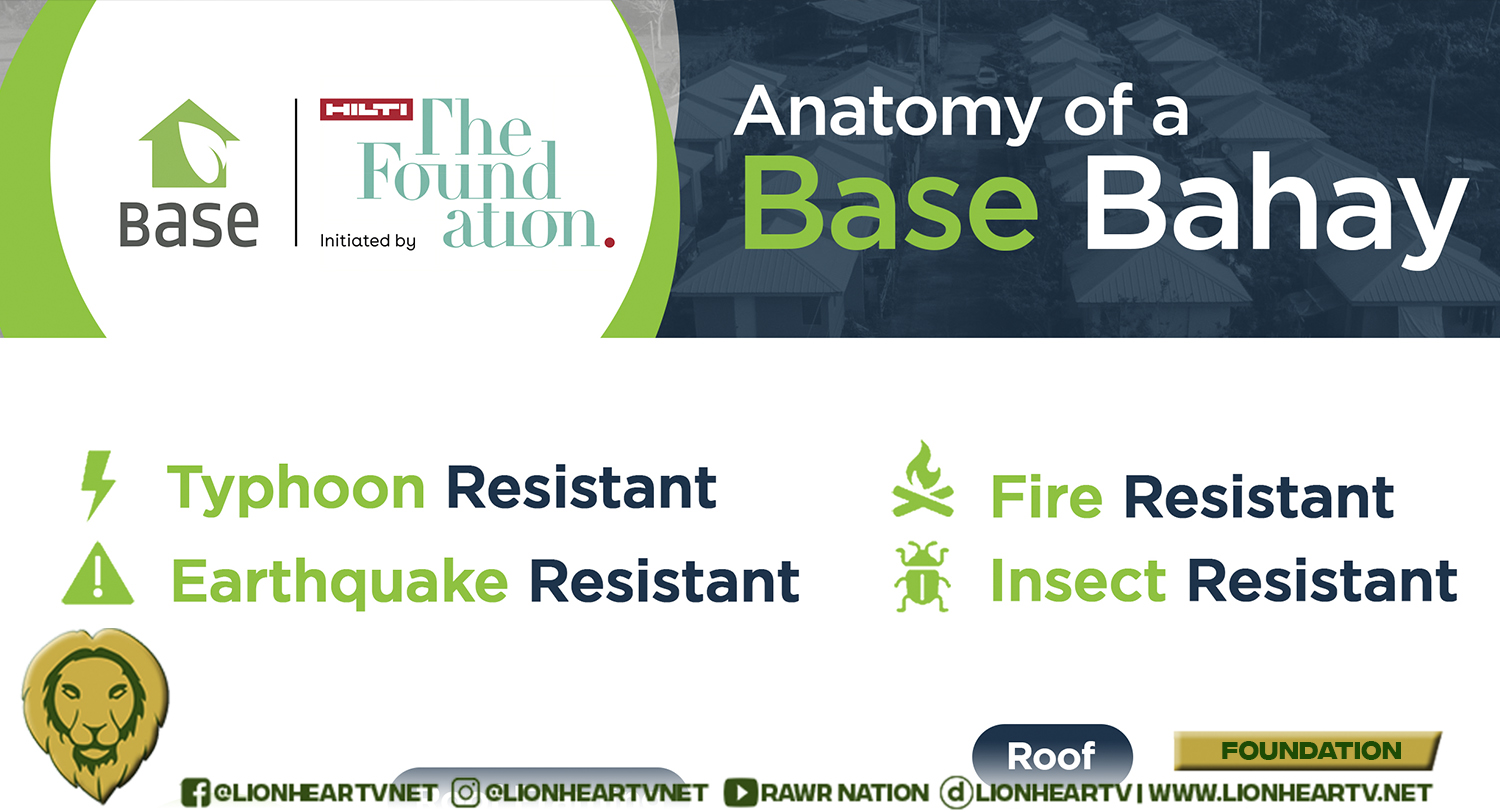Typhoons, earthquakes, fire, pests–and even time.

These are the tests that bamboo, which grows abundantly throughout the Philippines, can withstand making it one of the most ideal and renewable construction materials that the infrastructure industry can use as the world looks to a more sustainable future.
Base Bahay Foundation (Base) is leading the charge to introduce bamboo into mainstream construction through research, innovation and education. Through its Cement Bamboo Frame Technology (CBFT), Base continues to enable a network of partners to “build quality socialized homes that are comfortable, affordable, disaster-resilient, ecologically friendly, and with social impact.”
Certified by the Accreditation of Innovative Technologies for Housing, Base’s CBFT can resist typhoons with wind speeds of up to 250 kph, as well as earthquakes, based on the values in the National Structural Code of the Philippines. The bamboo is also treated for termites, making it as durable as other conventional housing materials. Base has 5 treatment partners across the Philippines that are capable of producing 10,000 bamboo poles per month.
Further ensuring its high-quality and robustness are the three ISO standards used by CBFT: ISO 22157:2019, determination of physical and mechanical properties of bamboo culms; ISO 22156:2021, structural design of bamboo culms; and ISO 19624:2018, basic principles and procedures of grading of bamboo culms. The foundation’s Base Innovation Center (BIC) also has a Universal Testing Machine with a 10-ton capacity that performs different kinds of tests on bamboo such as compression, tension, and bending. It also tests connections as well as different parts of bamboo structures.
“These tests help in characterizing bamboo species around the world for construction,” says Luis Felipe Lopez, BIC director and head of technology.
Specifically, BIC utilizes a Reaction Frame to test different components of the house, especially walls which resist the gravitational load as well as the lateral load brought about by typhoons and earthquakes. It can also test connections and big format elements such as columns. The results give the most optimal wall configuration for the most affordable and resistant solutions.
“At Base, we recognize that there are more viable materials other than concrete and steel with less environmental impact,” says Pablo Jorillo, Base Bahay Foundation General Manager. “By using CBFT in our housing solutions, we get to respond to the Philippines’ housing need, which is approximately 6.8 million units, according to the National Economic and Development Authority.”
To date, Base has built over 1,200 CBFT houses in the Philippines that shelter about 5,000 individuals in 14 communities. The organization also works in collaboration with groups in Nepal to build more disaster-resilient houses. Like conventional houses, CBFT houses are designed for permanent housing.
Aside from providing housing solutions, Base is able to contribute to the upskilling of bamboo farmers by training them on sustainable harvesting and treatment methods. On the other hand, architects and engineers can avail themselves of Base’s continuing education program on bamboo structural design and CBFT.
“As a pioneer in bamboo construction, we are constantly pushing the limits of what bamboo can offer,” says Jorillo. “Durable, sustainable, and environment-friendly, bamboo is the future of construction.”
For more information on Base Bahay Foundation and ongoing projects, visit http://www.base-builds.com.


